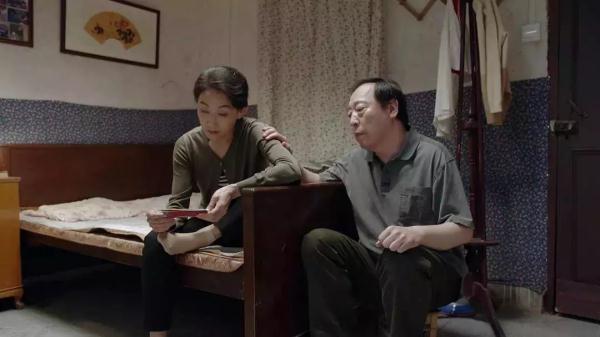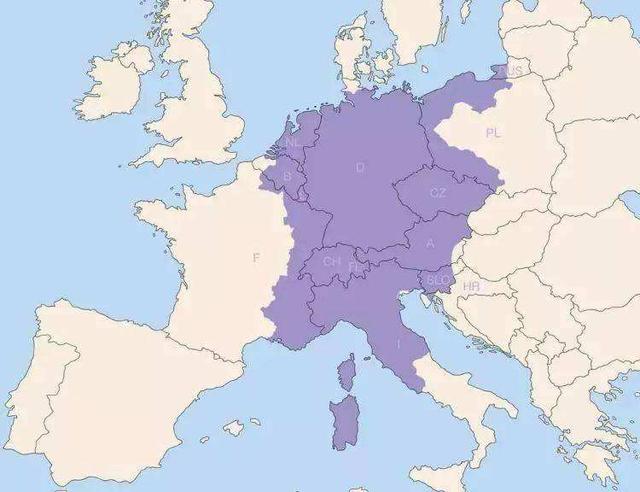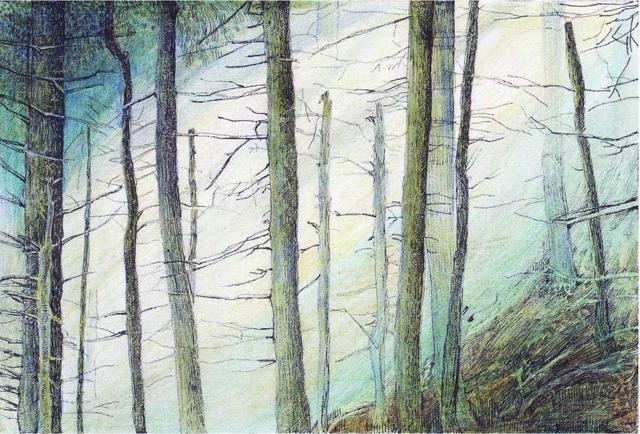续4:Long-distance running with scoliosis can pose several problems. Spinal compression occurs every time you or your child takes a step, jumps or runs. Running over hills and uneven terrain also makes you bend or rotate your back. Prolonged running or jogging creates a great risk of scoliosis progression.Horseback riding also compresses and jars the spine.
If you pound a bent nail with a hammer, it becomes more bent.We suggest limiting running to 400 meters, which is>
When I was quite young, my father had>
《1930年10月26日陈寅恪致傅斯年信》
作者 京都静源 黄鸣 教授/文学博士
孟真兄:
弟拟将波斯人所著《蒙古史料》①及西人译本陆续搜集,即日本人皆有之者,以备参考。此等书不可必得,乞寄其名目与欧洲巴黎、伦敦书店,托其购觅。庶几日本人能见之书,我辈亦能见之,然后方可与之竞争。此意谅荷赞同也。
匆此。
敬叩著安!

不一。
弟陈寅恪顿首 廿六早
(1)Hammer-Purgstall②: Geschichte de Golden Horde.
(2)Hammer-Purgstall: Geschichte der Ilchane.
(3)Hammer-Purgstall: Geschichte Wassaf’s, Genthner, Paris or Luzac & co. London.
【注释】:
①波斯人所著《蒙古史料》:即指Rashid-al-Din Hamadani 的Jami al-Tawarikh一书。Rashid-al-Din Hamadani,生于1247年,卒于1318年。曾任蒙古四大汗国之一的سلسله ایلخانی国的丞相。Jami al-Tawarikh一书,此书波斯文原名为رشیدالدین فضلالله همدانی。汉语可译为:《史集》。此书内容包括《蒙古史》、《世界史》、《世界地理志》、《阿拉伯﹑犹太﹑蒙古﹑拂郎﹑中华五民族世系谱》等分卷。
②Hammer-Purgstall:德籍奥裔人。原名为Joseph von Hammer-Purgstall。生于1774年,卒于1856年。擅长土耳其语、波斯语、阿拉伯语、意大利语、法语、拉丁语、希腊语等十几种外语。他翻译出版的蒙古史料分别为 Geschichte de Golden Horde、Geschichte der Ilchane.和Geschichte Wassaf’s。

【著录】:
此信为《陈寅恪集•书信集》所无,见刘经富《陈寅恪未刊信札整理笺释》,《文史》第99辑。
【考辨】:
此信没有年月,暂依据刘经富《陈寅恪未刊信札整理笺释》一文所定,断为1930年10月26日。
网页链接
THE TIGER 老虎
William Blake 威廉·布莱克
Tyger! Tiger! Burning bright
老虎!老虎!燃烧的光陷
In the forests of the night!
闪耀在黑夜的丛林间
What immortal hand or eye
何等不朽的手眼
Could frame thy fearful symmetry?
才能造就你惊人的美健
In what distant deeps or skies
多深䆳的海洋,多辽远的天穹
Burnt the fire of thine eyes?
可以点亮你目光灼灼的火焰
On what wings dare he aspire?
凭着何种翅翼他胆敢高翔九天
What the hand dare seize the fire?
何等铁掌竟敢抓擎此火

And what shoulder, and what art
何种膂力,何等技艺
Could twist the sinews of thy heart?
竟能捏出你心脏的筋肉
And when thy heart began to beat,
然后你的心脏开始搏动
What dread hand, and what dread feet?
这巨擘,这双脚,多么惊心动魄!
What the hammer? What the chain?
何样铁硾?何种铁链?
In what furnace was thy brain?
什么样的熔炉铸就你的头颅?
What the anvil? What dread grasp?
什么样的铁砧?什么样的铁臂?
Dare its deadly terrors clasp?
竟敢抓取可怖的凶神?
When the stars threw down their spears,
当群星掷下他们的梭矛
And water'd heaven with their tears,
用他们的泪水润湿了天堂
Did he smile his work to see?
造物主是否会微笑欣赏他的作品?
Did he who made the lamb make thee?
可是他造就你,也曾造就羔羊?
Tyger! Tyger! Burning bright

老虎!老虎!燃烧的光焰
In the forests of the night!
闪耀在黑夜的丛林间
What immortal hand or eye
何等不朽的手眼
Dare frame thy fearful symmetry?
敢于造就你惊人的美健!
(恒念堂主人 自译)
恒念堂主人简评:威廉·布莱克是英国十八世纪的一位带有神秘主义气质的诗人。他有一种与众不同的幻视。本诗解说众多,“老虎”是其核心意象,与“羔羊”相对。后者代表着温顺、善良与鹭港,前者代表力量、欲望和恶。《老虎》一诗带有对力的震惊与讴歌,同时也透露出它潜伏着的种种可能的人性与历史之恶,但推动历史前进的却是“老虎”而不是“羔羊”,故而造物主既造就“羔羊”也造就“老虎”,这二者是一对辩证的矛盾存在,各有其价值。诗人以“天问”式的诘问来颂赞“老虎”的力与美,每一个句子都铿锵有力,如铁锤砸向铁砧,让人既感佩“老虎”惊人的力量与气魄,又让人感受到造物者的无可超越的崇高创物伟力。







